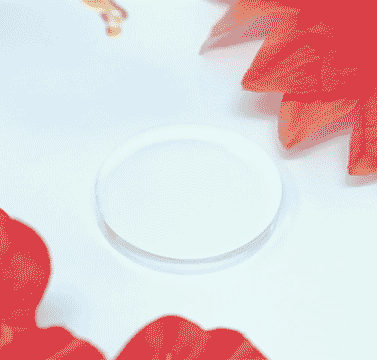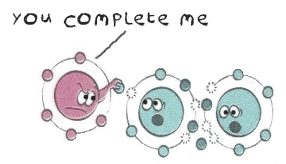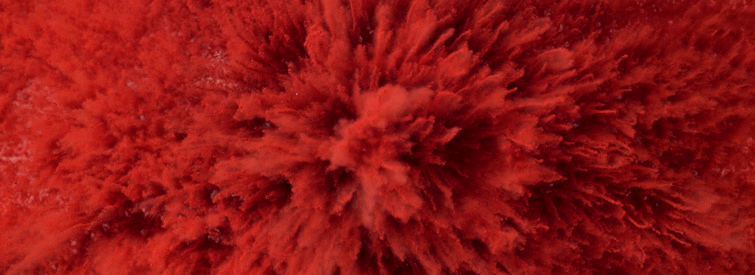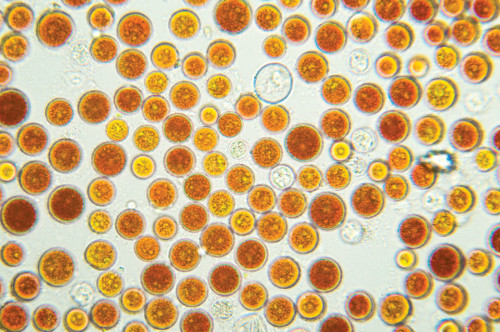If Anti-Aging Is on Your Checklist, You Need to Know This Under-the-Radar Ingredient
8 Comments
Jude Chao
Feb 04, 2019
Wanna decrease wrinkles? Prevent collagen loss? Have less dark spots? Improve skin texture and moisture content? Uh, sound too good to be true, right? Not according to the scientific studies on astaxanthin. This powerhouse antioxidant — 6,000 times more powerful than vitamin C — may be just what your anti-aging regimen has been looking for. We take a deep dive look into just what makes astaxanthin your next must-have ingredient.
Thanks to the explosion of independent skincare content online in the last few years, the way we evaluate skincare has changed dramatically. We’re no longer limited to reading package and advertising copy and corporate media coverage of products anymore. We can develop ingredient awareness and a more critical eye. And there is a wealth of ingredients to delve into. The one we’re going to look at today has gained a lot of attention in recent years: astaxanthin. What is it? What does it do? And is it worth checking out for your skin?
What is astaxanthin?
Have you ever heard the advice that for the best nutrition, you should eat the most brightly colored fruits and vegetables? That’s because those vivid colors come from compounds called carotenoids, powerful antioxidants that also happen to impart vibrant hues.
Astaxanthin is a brilliant red carotenoid antioxidant. It originates in green algae under stressful conditions such as excess heat, excess UV exposure, and lack of nutrients. When consumed by marine animals like salmon and shrimp, it gives those animals their characteristic red and pink color. And when shrimp are consumed by flamingoes, the astaxanthin turns their naturally pale gray feathers pink, too.
But we’re not looking to turn ourselves red or pink here. Astaxanthin is relevant to humans not because of its color but because of its powerful antioxidant properties.
Oxidation, antioxidants, and your skin
Many environmental stressors, particularly UV exposure, generate free radicals and reactive oxygen species (ROS). Free radicals and ROS can wreak havoc on health and skin due to the way they snatch electrons from the cells around them, damaging proteins, cell structures, and DNA in a process called oxidation.
Out of all the environmental stressors our skin contends with every day, UV radiation is the worst, responsible for up to 80% of extrinsic — in other words, preventable — skin aging. Oxidation from UV radiation degrades collagen, inhibits collagen production, and damages proteins and DNA. It can also induce melanin production and darken existing melanin, leading to more prominent hyperpigmentation and sun spots.
Antioxidants, the Boromirs of the cellular world, prevent oxidation by giving up their own electrons so your cells don’t have to. This short-circuits the oxidation process, leaving the free radicals and ROS satisfied but your cells and DNA intact.
While sunscreen should still be your first and primary line of defense against UV radiation, antioxidants are a critical supplement in your skincare routine. Not only can they protect your skin against further damage, antioxidants, like sunscreen, can also give your skin an opportunity to repair past damage on its own, since its resources are not being spent responding to new assaults.
Astaxanthin is one of the most interesting antioxidants in the market.
What makes astaxanthin special?
Due to its unusual molecular structure, astaxanthin is commonly said to be a far more potent antioxidant than other carotenoids and commonly used antioxidants. Most of the research done on this antioxidant so far has focused on its use as a dietary supplement, but some studies have been conducted on its topical use, particularly in Japan.
Interestingly, Fujifilm, the Japanese firm known for its cameras and films rather than for its cosmetics, helped pioneer the development of astaxanthin as a cosmetic ingredient. Collagen is a key component in both youthful human skin and high-quality photographic film, and Fujifilm already possessed years of research into the antioxidants that could help preserve collagen in photographic film. The firm chose to focus on astaxanthin for its cosmetics R&D due to its unusual antioxidant capability, which Fujifilm states is 1,000 times greater than that of the popular antioxidant CoQ10.
A series of human studies conducted by Fuji Chemical Industry suggested that astaxanthin could visibly and significantly reduce the depth of wrinkles and the appearance of age spots and improve skin texture and moisture content. As a caveat, this series of studies utilized ingested astaxanthin alongside the topical form, but the results are still interesting.
In a 2012 study at Kyoto Pharmaceutical University, researchers found that topically applied astaxanthin was particularly effective at scavenging singlet oxygen, an oxygen free radical previously shown to decrease collagen in skin. The study also found that topical astaxanthin decreased the thickening of the outer layer of skin in response to UV irradiation and "prevented UV-induced wrinkle formation." The researchers also created a delivery system that made astaxanthin effective against melanin production due to UV exposure.
Astaxanthin, therefore, appears to have both preventative and reparative anti-aging benefits for skin. There’s a downside, though. Astaxanthin is a particularly difficult compound to work with topically. It's light- and heat-sensitive, oxidizes easily, is "difficult to maintain in the form of fine particles," according to Fujifilm's website, and is poorly water-soluble, making it difficult to deliver to skin effectively.
The Kyoto Pharmaceutical University researchers found a way around the water solubility problem by preparing the astaxanthin in a liposomal formula. In liposomal formulas, the desired ingredients are encapsulated in liposomes, microscopic lipid sacs, in order to better transport them into skin. The liposomal formula was key to the success of the Kyoto Pharmaceutical University study.
Astaxanthin: The verdict
So on paper, astaxanthin sounds great. A powerful antioxidant that can prevent collagen-destroying, wrinkle-accelerating oxidation in skin and that may help skin recover from past damage? Sign me up! But not all astaxanthin products are created equal. The formulation difficulties that this ingredient poses mean that some products may not be as effective at getting the astaxanthin where it needs to go. Stick to liposomal astaxanthin for the best chance of seeing results.
Ready to get this powerhouse ingredient into your skincare routine? Just launched, AZN Labs’ Afterglow Ampoule features liposomal astaxanthin; a host of science-back ingredients like arbutin, CoQ10, and ferulic acid; as well as skin-loving botanical ingredients, including editor-fave camellia extract. Get it here.
Author:
Jude Chao
Jude writes as Fiddy Snails at the K-beauty and skincare blog Fifty Shades of Snail and can be found on Instagram @fiddysnails. Named the ELLE Malaysia Beauty Blogger of the Month for June/July 2017 and one of ELLE Magazine‘s 10 Cool Beauty Bloggers to Watch in 2018, Jude loves ginseng, snail, honey, propolis, and tuna fish kimbap, though she generally doesn’t put the kimbap on her face.
Comments
Loading...





